Fimento, a Swedish fintech company specialising in credit insight services, recently announced its accuracy rate for transaction categorisation. Now, the company is providing full and open access to its AI categorisation models, allowing any company to tweak the models for its own purposes.
“We’re essentially revealing the recipe behind our categorisation models,” says Tobias Hertzman, Key Account Manager for Open Banking at Fimento.
The self-service tool runs entirely from a web browser and can operate in any cloud, private clouds or on-premises servers. Clients don’t need to integrate anything unless they want to implement real-time insight. Companies can customise each model according to their own rules, adjust categories, train new datasets, or enforce specific requirements. Customers can train their own models within the tool and use the APIs to serve their own business flows.
“The purpose of the tool is to give data science and credit teams the control and transparency they’ve been asking for,” says Tobias.

Key Account Manager for Open Banking at Fimento
Join us at Baltic Fintech Days on April 2-3!
How Fimento’s AI categorisation tool works
Companies can use their own training datasets or select from Fimento’s existing datasets. The system also supports validation datasets to test the model’s accuracy with new data.
A company can either manually upload transaction data for processing or connect real-time data from an external data source. As the model processes the data, analysts can re-categorise any misclassified transactions, improving the model’s accuracy over time.
“You can see where the model is making errors and correct them,” says Tobias. “For example, if a transaction is categorized as alcohol but should be classified differently, users can investigate and retrain the model accordingly.”
The platform also supports advanced features such as A/B testing or running multiple models for different purposes, such as varying credit sizes or markets. Additionally, it offers single-tenant and multi-tenant setups for organisations that require isolated data environments, such as those processing transactions in different jurisdictions.
Additionally, the tool can incorporate AI agents to reduce the need for manual oversight.
The platform ensures complete transparency throughout, allowing compliance teams to track which model processed specific data, and the results it generated. It also provides confidence scores for each categorisation, enabling analysts to dig deeper into any transaction.
Join us at Baltic Fintech Days on April 2-3!
What makes Fimento’s offering different
“From what we’ve seen, other categorisation systems typically use rule-based categorisation combined with some form of ML or AI,” says Tobias. “Their categorisation models tend to be more of a black box.”
In contrast, Fimento’s new tool offers complete transparency for every transaction. Its applications extend beyond finance to industries such as telecom, insurance, and manufacturing—any sector where companies assess risk during client onboarding or credit extension.
Explainable AI is in high demand, as many current AI solutions produce inaccurate results without providing a clear explanation of how they arrived at those conclusions. In finance, implementing AI without explainability can quickly lead to compliance failures. Fimento’s solution provides built-in explainability by default ensuring that users understand and trust the algorithms.
“The other differentiator is how much companies charge to adjust their categorisation rules. When using Fimento’s service, the customer can modify those rules themselves,” says Tobias.
Analysts can train models in the tool for specific tasks, such as fraud detection or tracking personal spending.
“We’ve got some really smart minds working with us who previously worked at companies like Microsoft, Spotify, and Klarna. We’re extremely proud of what they’ve achieved,” he says.


